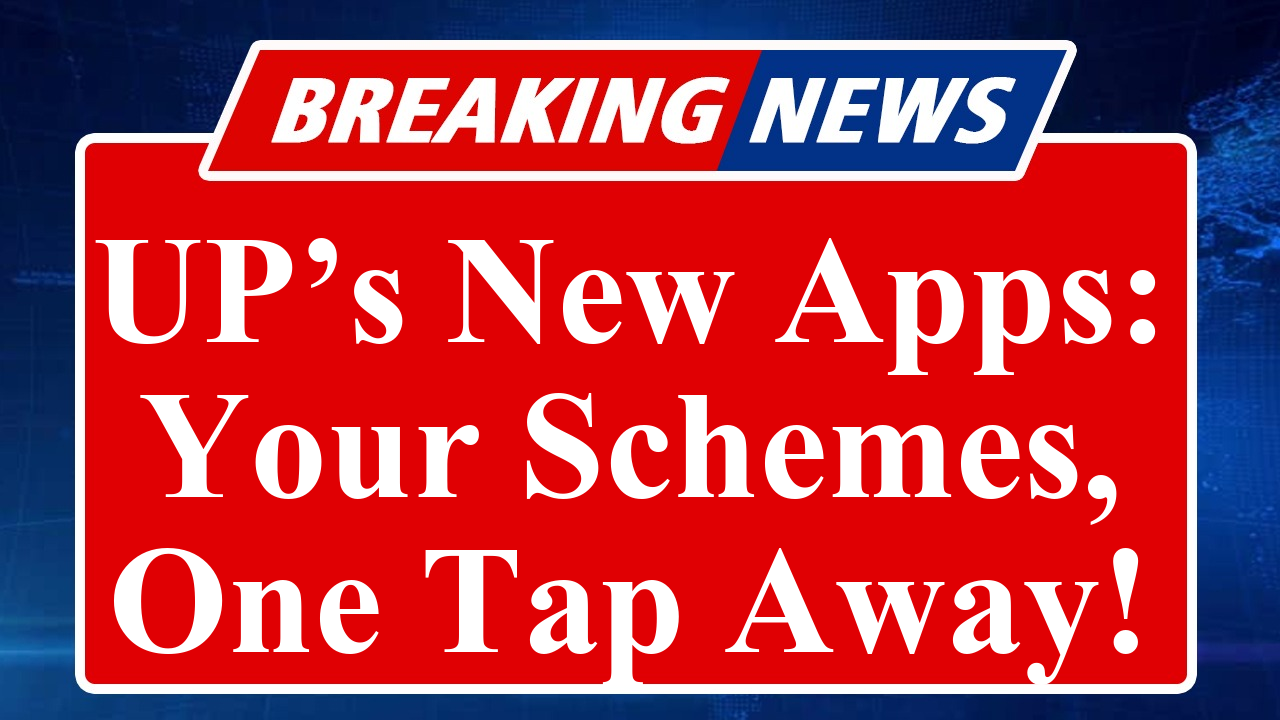Uttar Pradesh is revolutionizing governance with new mobile apps, streamlining access to welfare schemes. These apps enhance transparency, simplify processes, and empower citizens by offering real-time updates and digital services. From agriculture to healthcare, UP’s digital initiatives align with India’s Digital India vision, reducing bureaucratic hurdles and fostering inclusivity.
Uttar Pradesh Embraces Digital Governance with Innovative Apps
In a significant push towards digital transformation, Uttar Pradesh has launched a series of mobile applications designed to streamline access to government schemes, aligning with the broader Digital India initiative. These apps, tailored to cater to the state’s diverse population, aim to bridge the gap between citizens and government services, ensuring transparency, efficiency, and accessibility.
One of the flagship apps is the UP e-Sewa, a unified platform that integrates multiple state government services. Launched in early 2025, it allows citizens to access welfare schemes such as the Mukhyamantri Kisan Kalyan Yojana and the UP Ration Card Scheme. Users can apply for benefits, track application statuses, and receive real-time notifications, eliminating the need for physical visits to government offices. With over 500,000 downloads reported by August 2025, the app has gained traction, particularly in rural areas where access to services was previously limited.
Another notable initiative is the Kisan Mitra App, designed specifically for farmers. This app provides access to the state’s agricultural schemes, including subsidies under the PM-KISAN and UP’s own Kisan Samman Nidhi. It offers real-time data on crop prices, weather advisories, and soil health recommendations. As of July 2025, over 2 million farmers have registered, with the app facilitating direct benefit transfers worth ₹1,200 crore, reducing intermediaries and ensuring funds reach beneficiaries promptly.
The UP Health Connect App, launched in June 2025, focuses on healthcare schemes like the Ayushman Bharat Yojana. It enables users to check eligibility, locate empanelled hospitals, and track claims. The app’s integration with Aadhaar and DigiLocker ensures secure document verification, with over 1.5 million users accessing services in its first two months. This has significantly eased the burden on rural healthcare infrastructure, bringing medical services closer to citizens.
For women and marginalized communities, the UP Mahila Sashaktikaran App has been a game-changer. Rolled out in April 2025, it provides information on schemes like Beti Bachao Beti Padhao and Mission Shakti. The app offers a grievance redressal mechanism and connects users to helplines for immediate assistance. With multilingual support, it has empowered over 800,000 women to access benefits and report issues directly.
These apps are built on the principles of the Digital India program, emphasizing digital infrastructure and citizen empowerment. They leverage technologies like AI for personalized advisories and blockchain for secure transactions. The state has also ensured last-mile connectivity through the BharatNet project, enabling rural users to access these apps with improved internet access. As of August 2024, UP has over 4,000 Common Service Centres (CSCs) facilitating digital literacy and app usage.
Challenges remain, including the digital divide in remote areas and concerns over data privacy. The state government has responded by launching awareness campaigns and partnering with NGOs to train citizens on app usage. Cybersecurity measures, including compliance with the Digital Personal Data Protection Act, 2023, have been prioritized to build trust.
UP’s digital governance efforts reflect a broader trend in India, where states are leveraging technology to enhance service delivery. With these apps, Uttar Pradesh is setting a benchmark for inclusive and efficient governance, ensuring that the benefits of schemes reach every corner of the state.
Disclaimer: This article is based on recent news reports, government announcements, and publicly available data as of August 2025. Information is sourced from credible outlets and official portals like the Digital India website and UP government releases. Verify details with official sources for accuracy.

